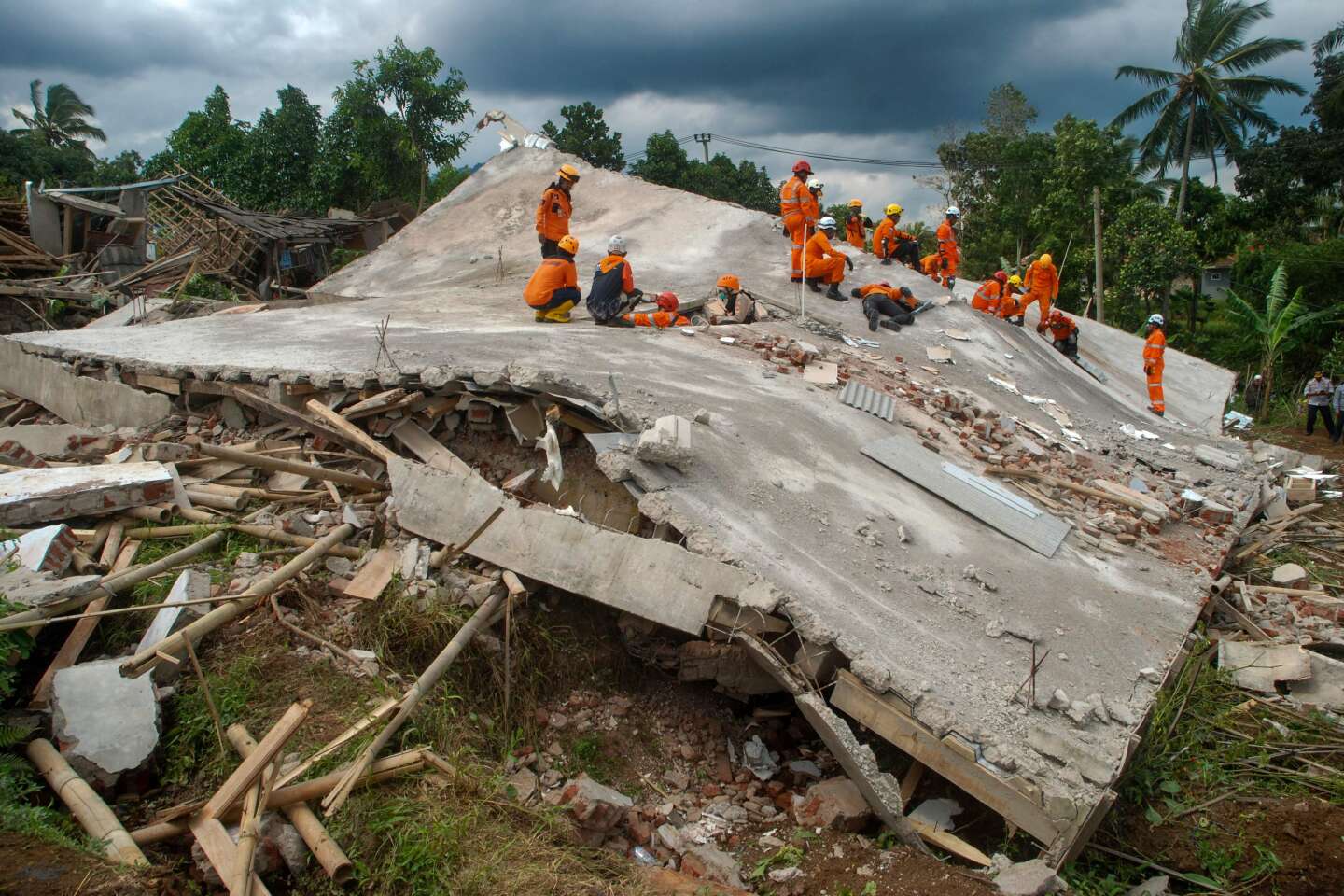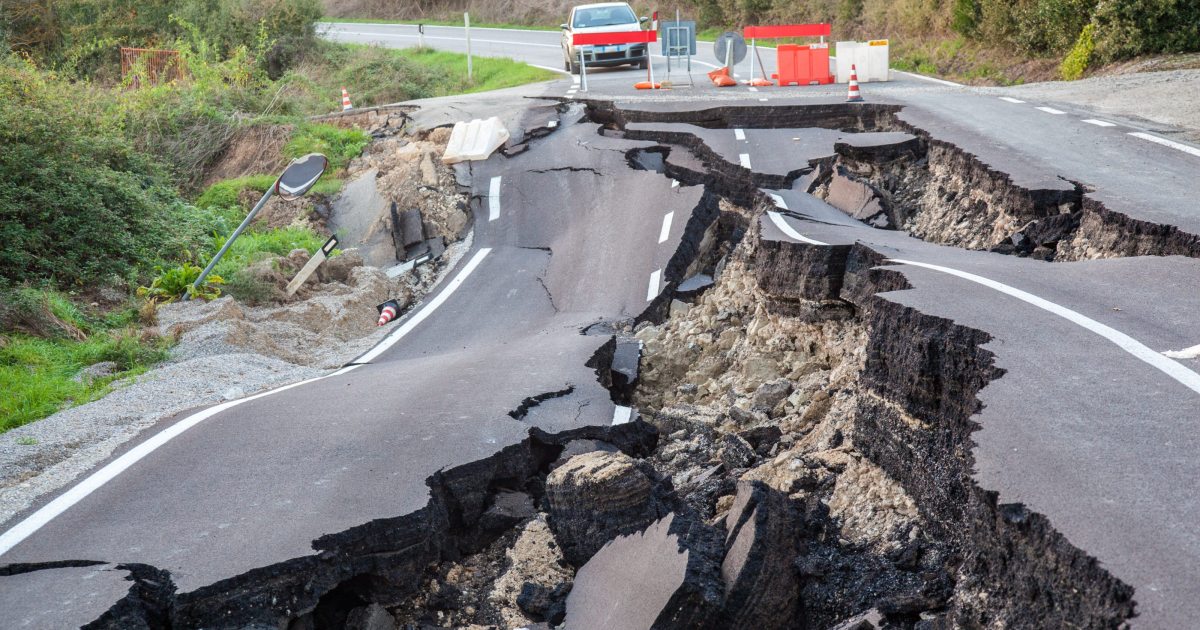Understanding Earthquakes: Insights from the U.S. Geological Survey (USGS)
Table of Contents
- Survival Gallery: Earthquakes – Urban Survival Network
- Severe Earthquakes To Hit The World In 2018 & None Of Us Are Safe ...
- Aceh earthquake: Pictures of death, devastation and courage after more ...
- Some earthquakes last for seconds, others for minutes — and a few for ...
- Deadly Earthquake Triggers Landslides in Southwestern China - The New ...
- Free earthquake Stock Photo - FreeImages.com
- Analyzing Earthquake Data. Introduction | by Mahalakshmi Konar | Medium
- Earthquakes predictions by NASA; The biggest recent earthquakes around ...
- Earthquake Today
- Indonesia has more than 250 dead, 7,000 displaced and 2,500 houses ...

Earthquakes are one of the most powerful and awe-inspiring natural disasters, capable of causing widespread destruction and loss of life. The U.S. Geological Survey (USGS) is the primary agency responsible for monitoring and studying earthquakes in the United States. In this article, we will delve into the world of earthquakes, exploring what they are, why they happen, and how the USGS works to mitigate their impact.


What are Earthquakes?

An earthquake is a sudden release of energy in the Earth's lithosphere, which is the outermost solid layer of the planet. This energy release creates seismic waves that can cause the ground to shake, sometimes violently, and can lead to damage to buildings, infrastructure, and the environment. Earthquakes can occur anywhere, but they are more common in areas where there are tectonic plate boundaries, such as the San Andreas Fault in California.


Causes of Earthquakes

Earthquakes are primarily caused by the movement of tectonic plates. The Earth's lithosphere is broken into several large plates that float on the more fluid asthenosphere below. As these plates move, they can get stuck at their boundaries, causing stress to build up. When the stress becomes too great, the plates will suddenly move, releasing the stored energy as seismic waves. This process is known as faulting, and it is the primary mechanism for most earthquakes.


USGS Earthquake Monitoring
The USGS operates a network of seismic stations across the United States, which are designed to detect and record earthquakes as they occur. These stations use sensitive instruments called seismometers to measure the ground motion caused by seismic waves. The data from these stations is then used to determine the location, magnitude, and depth of the earthquake, as well as other important characteristics.

Earthquake Hazard Reduction
The USGS works to reduce the impact of earthquakes through a variety of programs and activities. These include:
- Earthquake forecasting: The USGS is working to develop the ability to forecast earthquakes, which would allow for evacuations and other emergency measures to be taken before a quake strikes.
- Seismic hazard mapping: The USGS creates maps that show the likelihood of earthquake damage in different areas, which can be used to inform building codes and emergency planning.
- Earthquake early warning systems: The USGS is developing systems that can detect the early signs of an earthquake and provide warning to people in the affected area, giving them seconds or even minutes to seek safety.
Earthquakes are a powerful and unpredictable force of nature, but by understanding what causes them and how they can be mitigated, we can reduce their impact and save lives. The USGS plays a critical role in this effort, providing vital information and expertise to help us prepare for and respond to earthquakes. By working together, we can create safer, more resilient communities that are better equipped to withstand the power of earthquakes.
For more information on earthquakes and the USGS, visit USGS.gov. Stay informed, stay safe!